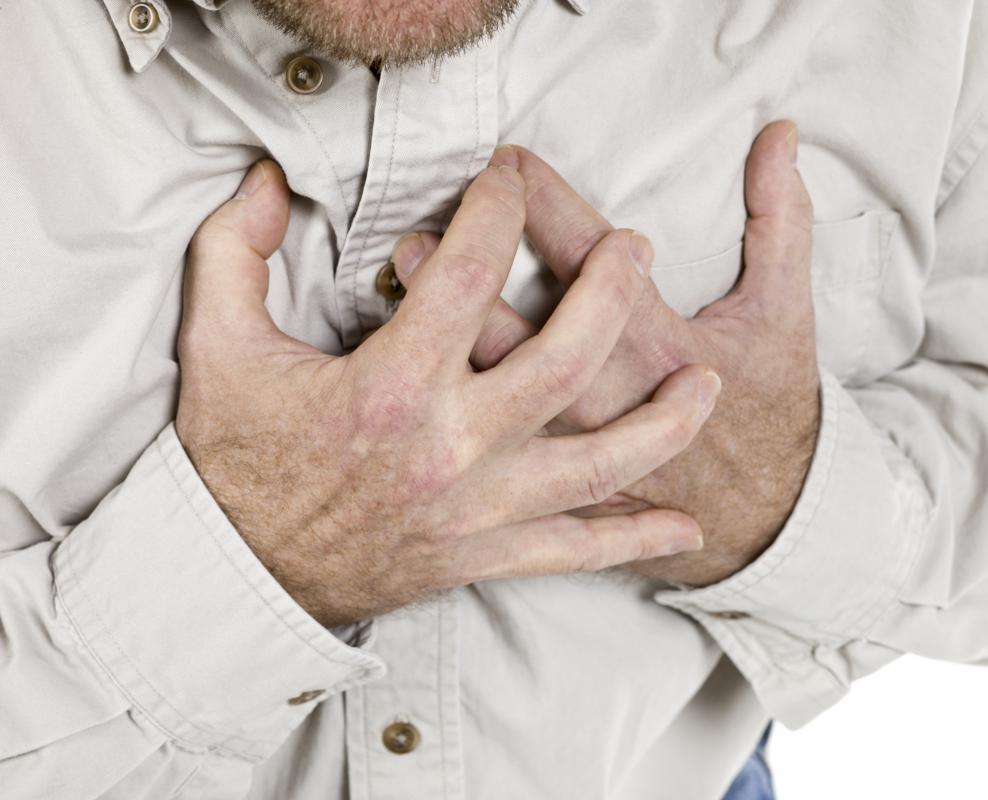At TheHealthBoard, we're committed to delivering accurate, trustworthy information. Our expert-authored content is rigorously fact-checked and sourced from credible authorities. Discover how we uphold the highest standards in providing you with reliable knowledge.
What is the Connection Between Caffeine and Pain?
Caffeine is a crystalline xanthine alkaloid that works as a stimulant in the body. Caffeine can be in many different foods and drinks that are consumed every day like coffee, black tea, chocolate, energy drinks and soda. The label decaffeinated can be misleading for many people because products like many decaffeinated coffees still have enough caffeine to cause some side effects. Experts agree that a moderate level of caffeine is not damaging and can actually, in some cases, be beneficial, but excessive amounts can cause a wide range of problems in people. Among the biggest side effects of caffeine is pain, and the problems with caffeine and pain are experienced by many people each year.
Excessive caffeine is known to cause many side effects in people including anxiety, insomnia and rapid heartbeat. The side effects that are most common are the problems with caffeine and pain. High levels of caffeine can cause muscle tremors that put stress and inflammation on the joints which creates extensive pain. Caffeine can also weaken the bone structure and this adds pressure to the bones and joints, causing pain. Chronic caffeine intake has also been linked to restless leg syndrome and this can be a very painful condition.

Caffeine will also easily cause dehydration in people because it causes them to urinate at very frequent levels. Dehydration itself has many different side effects including muscle cramps, headache and tingling of the arms and legs. Caffeine has caused some people to have extreme chest pains, making them believe that they are having a heart attack. It has also been shown to interfere with some medications, especially pain medication for joints. While caffeine can be connected to pain, many people still have trouble breaking the habit.

Most doctors understand the caffeine and pain connection and suggest to any patients who are experiencing joint or muscle pain, headache, chest pain or restless leg syndrome to reduce or eliminate their caffeine intake. Many see relief from the pain symptoms within just a few days after reducing the amount of caffeine they consume. There is much debate as to whether caffeine is addictive or not, but either way many people have trouble going without their cup of coffee or bottle of soda. When trying to reduce caffeine intake, a gradual reduction is known to work best and to be most effective. Instead of coffee or soda, drinking at least eight glasses of water will help break the caffeine habit, which will eliminate the caffeine and pain connection entirely.
AS FEATURED ON:
AS FEATURED ON:
















Discussion Comments
I was suffering from random muscle pains in my legs and arms and did not know the cause. After testing from my doctor, and trying various medications, the doctor told me to stop drinking caffeine. It worked.
Whenever I drink green tea (I do not drink coffee), I get pain spasms in my muscles. I drink only herbal teas now.
Post your comments